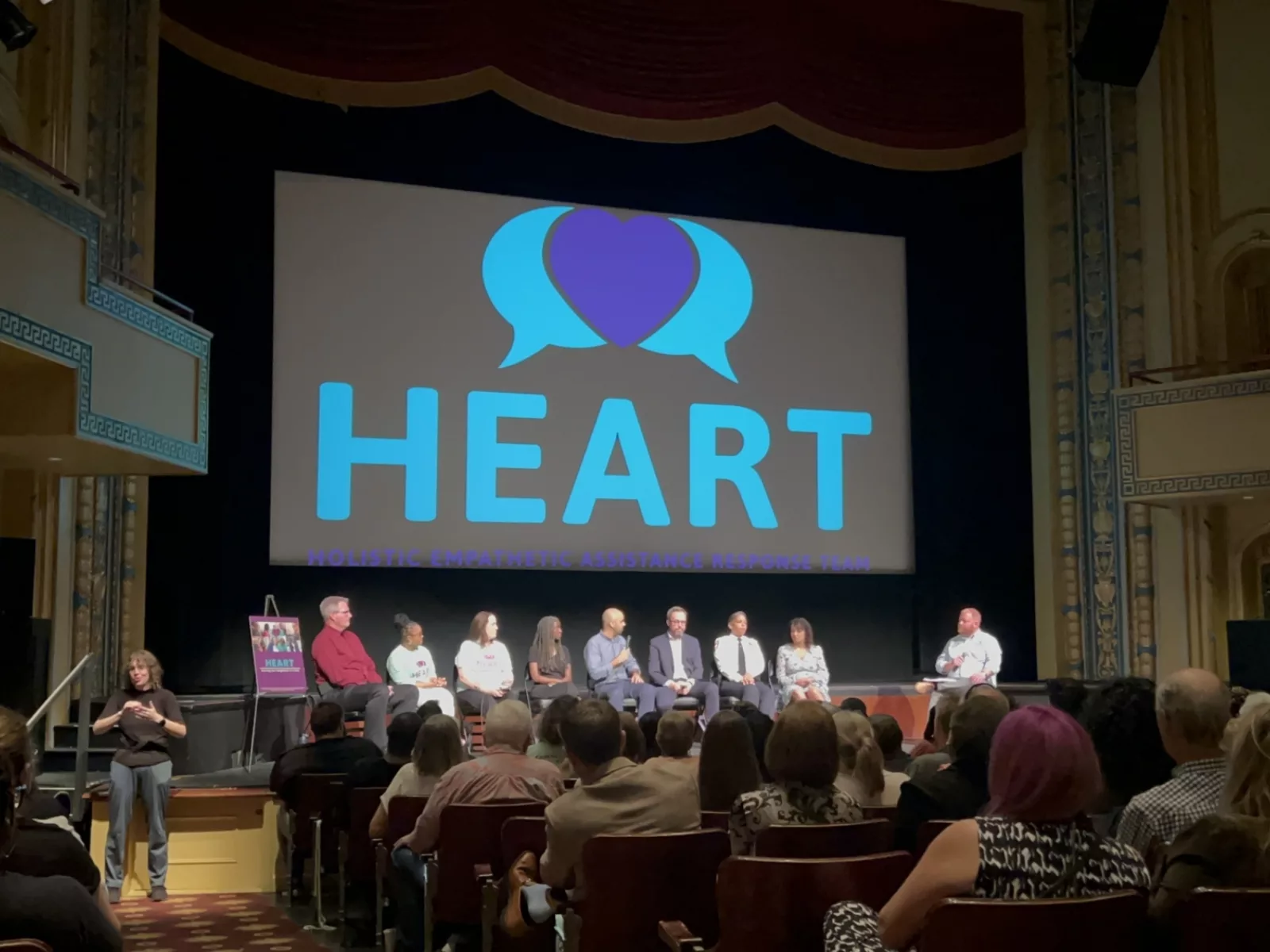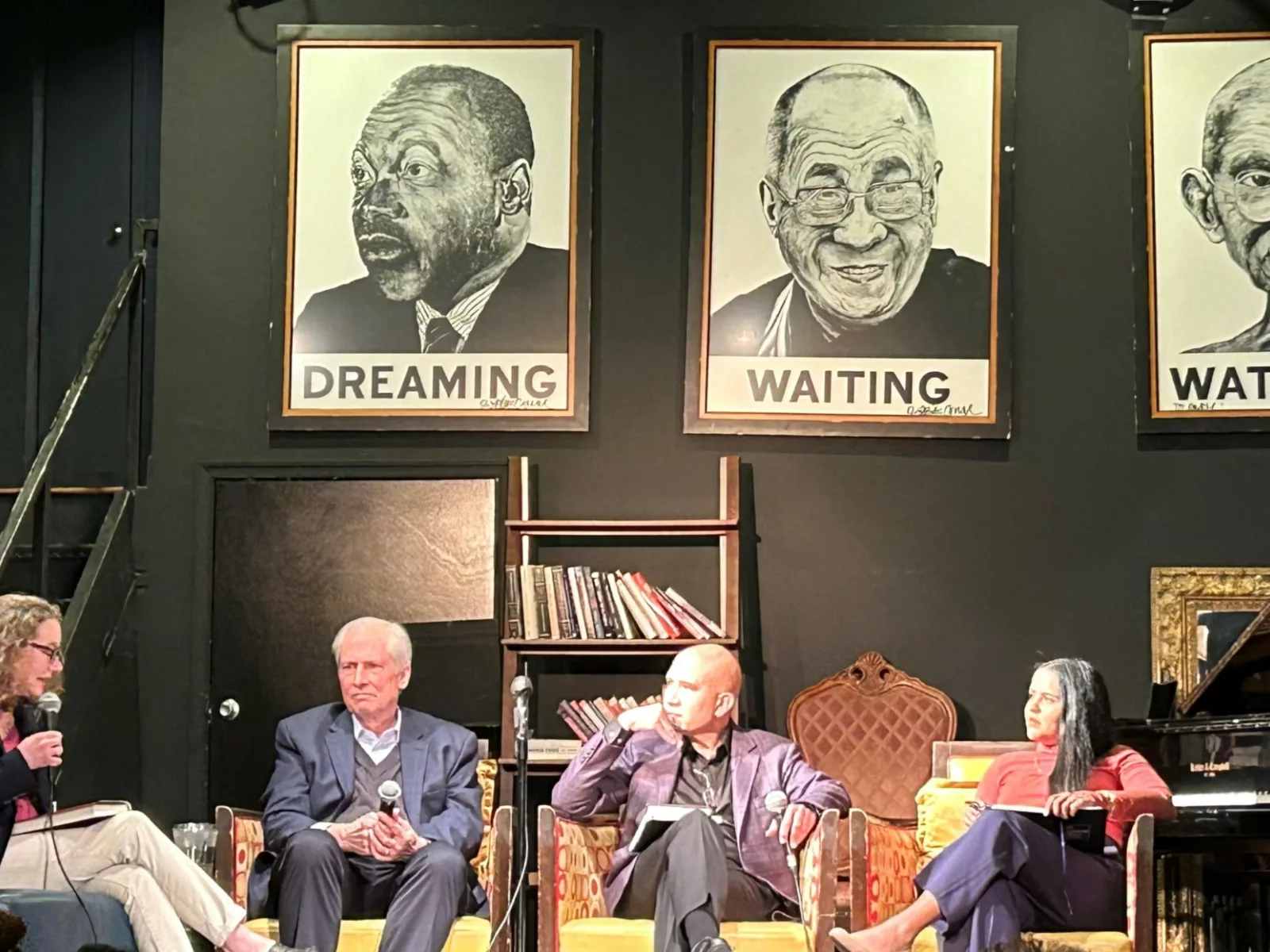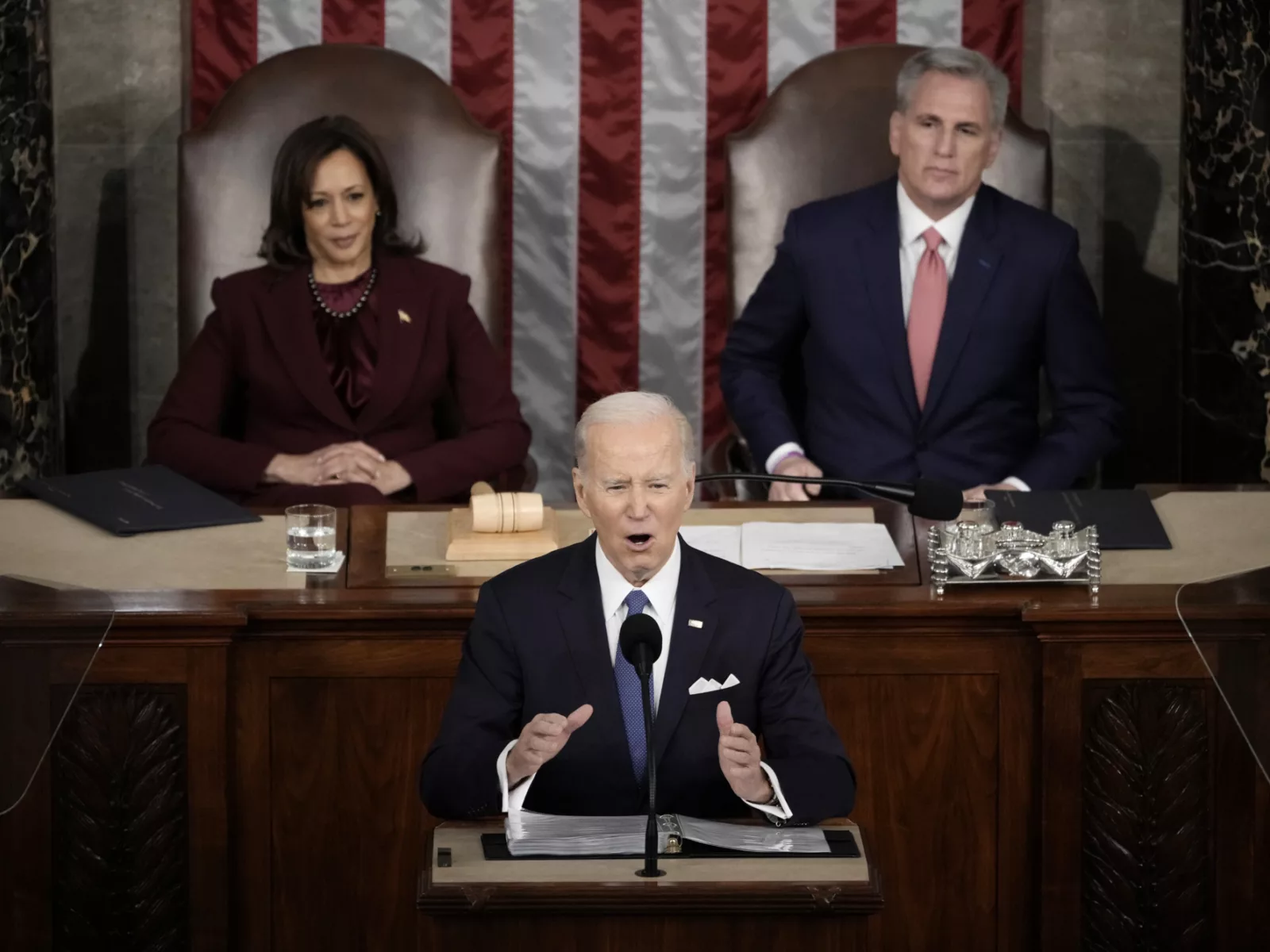“If it bleeds, it leads” has long been a trope of news coverage. Violence gets the headlines. Crimes are sensationalized. Fear drives the narrative. Alec Karakatsanis wants to change that.
Karakatsanis, the founder and executive director of Civil Rights Corps (an NPPJ partner), has long been an outspoken advocate against inaccurate and hyperbolic media coverage of police and the criminal legal system.
“Headlines and articles of the kind we are seeing across the U.S. are designed to create a Willie Horton-style panic,” Karakatsanis said recently in a Twitter thread about uncritical framing of crime in the news. “Amidst that fear, police states thrive. Stories like this make everyone afraid of poor people, people protesting injustice, immigrants, people of color.”
We spoke to Karakatsanis about the problems he sees in media’s status quo, and his ideas for how to get more holistic coverage that reflects the reality of community safety and criminal justice.
This interview has been edited for length and clarity.

National Partnership for Pretrial Justice
What issues do you see with the way the media covers our criminal legal system?

Alec Karakatsanis
One really high-level problem is the way the media very narrowly defines public safety. Instead of focusing on more rigorous, holistic measures of safety, the media is stuck in this trap of focusing on so-called crime data or crime rates for violent crime. That leaves out the vast majority of threats to our health, safety, and well-being.
For example, it doesn’t include the easily preventable deaths that we have in this country from things like poverty, lack of access to health care, unaffordable medicine, drug addiction, environmental pollution, lack of nutritious food in many communities, lead in the air and in water, lack of affordable housing, unsafe jobs, unregulated or poorly regulated chemical and carcinogenic irritants, and so on. We have to understand public safety to be something much broader than the kinds of individual criminal acts that are reported to police.
The second huge failure that we see in most media coverage is a vast number of crimes — of serious crimes — are never reported to police. So if we just rely on reported crime data, which is what the media tends to do, we don’t get a full scope of a picture of what crime actually occurs in our society. One of the problems with the media’s focus on crime rates as a metric of safety is that crime rates do not include most crimes committed by police, corporations, the state, or in prisons and jails.

National Partnership for Pretrial Justice
You’ve tweeted a lot about bad media coverage — specifically when reporters reiterate police narratives at face value without providing their readers without another voice to address those claims.

Alec Karakatsanis
The problem with these stories is most never quote someone with a more critical perspective. So the public gets the sense that all of the experts agree that the way to reduce some vague conception of “crime” is only by policing, punishment, and cages.
We also have a very poor understanding of the concept of crime and how the concept of crime itself is manipulated. Take, for example, how at various times in this country it has been illegal to get an abortion. Or how some societies have made it a crime to join a labor union. Or take opium as another example. When opium was made illegal, it was in order to give police control and discretion to ruthlessly wield those laws against Chinese-Americans. The same is true with marijuana and Black Americans and Mexican-American immigrants. And now the pursuit of those substances and other drugs makes up a significant portion of police budgets over the last 40 years, which has amounted to trillions of dollars.
We are told that every time police arrest someone that a crime is being committed. I think it’s important to remind people how socially constructed this notion of crime is.
If you look at what police do, a significant portion of their time is spent on things that the police themselves admit are not violent crimes. The number one arrest in many jurisdictions in America is driving on a suspended license. There are 11 million people in this country whose licenses are suspended because they owe debt. Another one is trespassing, usually by people who don’t have a place to live. So we really are criminalizing the very attempts to survive by the poorest people in society, and those are things that fill our crime stats.
Imagine if the media took the same approach with lack of access to health care. What if every night in the local news there was a breaking story about how someone wasn’t able to get the preventative care that they need? If the media did a story like that every five minutes in the local news, we’d have a really different view of some of those systemic, structural issues.

National Partnership for Pretrial Justice
It’s curious because in journalism it’s taught to get all angles in a story, but so often in covering the criminal legal system, we see stories that focus on, for example, police perspective without speaking to outside experts or checking their claims. I think of George Floyd’s death as an example. The initial press release issued by police that said “Man dies after medical incident during police interaction.” But it’s clear by the video that Floyd’s death was the result of the officer pinning Floyd’s neck, which was never referenced in the press release.

Alec Karakatsanis
You know, when the media reports on someone like Steve Bannon or Donald Trump, they often follow it with some indication that they’re not a trustworthy source, right? The same is true when you see the media reporting on claims that are made by the Chinese or Russian governments.
So the media knows how to express skepticism or inform its audiences about the general lack of trustworthiness of a source. But they just do not do that with U.S. police, even though, essentially, every single prominent death of a Black person that police have caused that made it into public consciousness in recent years, the initial police narrative was either false or incredibly misleading.
Those of us who have worked in the system know that this happens in virtually every single case. They’re a biased source of information. And the police report is not designed to provide a complete picture of what happened. It’s designed to justify a particular action, which is taking a human being and putting them in a cage — or, sometimes, taking a human being and killing them. And in spite of knowing that, what you see the media — local news media, especially — do is repeat the claims that police or prosecutors make without any acknowledgment that that information could turn out to be false.
The media needs to adopt certain practices that include not only adding context to police claims but, whenever possible, include voices that are not the police in their stories. They also need to reconceptualize the concept of what is newsworthy — moving away from sensationalized stories about individual crimes (which are often pitched to them by police as news) and toward more evidence-based reporting on what actually is most significant to our health and safety.

National Partnership for Pretrial Justice
People like academic researchers who are studying the system or communities and families who are directly impacted by it and most familiar with how it functions.

Alec Karakatsanis
Right. People who can help the reader put some of the claims being made into context.

National Partnership for Pretrial Justice
How do you think this true crime era that we’re in — with shows like “Dateline” and “Making A Murderer” and all the podcasts — affects the media coverage and people’s perceptions of the criminal legal system?

Alec Karakatsanis
I think it’s pretty profound. I would say one thing running through those true crime genres and also the media coverage is a view of society and human nature that says, “When something bad happens, a really bad person did it” and “whenever there’s some great harm, we have to find the person to blame.” And it’s the same thing with police violence. The knee-jerk reaction from the media is, “There was a horrible thing this one police officer did, and if we prosecute this one cop, then all these problems will be solved.” And I think that’s the wrong way to look all of the systems, and also the wrong way to look at human nature.
Human beings — aside from really exceptional cases — for the most part are capable of both incredible evil and also really amazing good. It matters what situations you put them into. What structures and institutions you create. What schools and after-school programs. What office cultures. What physical limitations you put on the air they breathe, the water they drink. We know that children drinking lead-poisoned water are much more likely to have trouble controlling their impulses.
Human beings are creatures of their environments. Instead of focusing on blaming every bad thing that happens or praising every good thing that happens on the basis of some great individual or terrible individual, we should be asking ourselves, “How do we craft institutions in which human beings that are capable of amazing good and amazing harm can flourish and incentivize them and push them to be doing really great things instead of really horrible things?”
I’m much more interested in the structures and institutions. The media coverage is much more interested in the individuals.





















